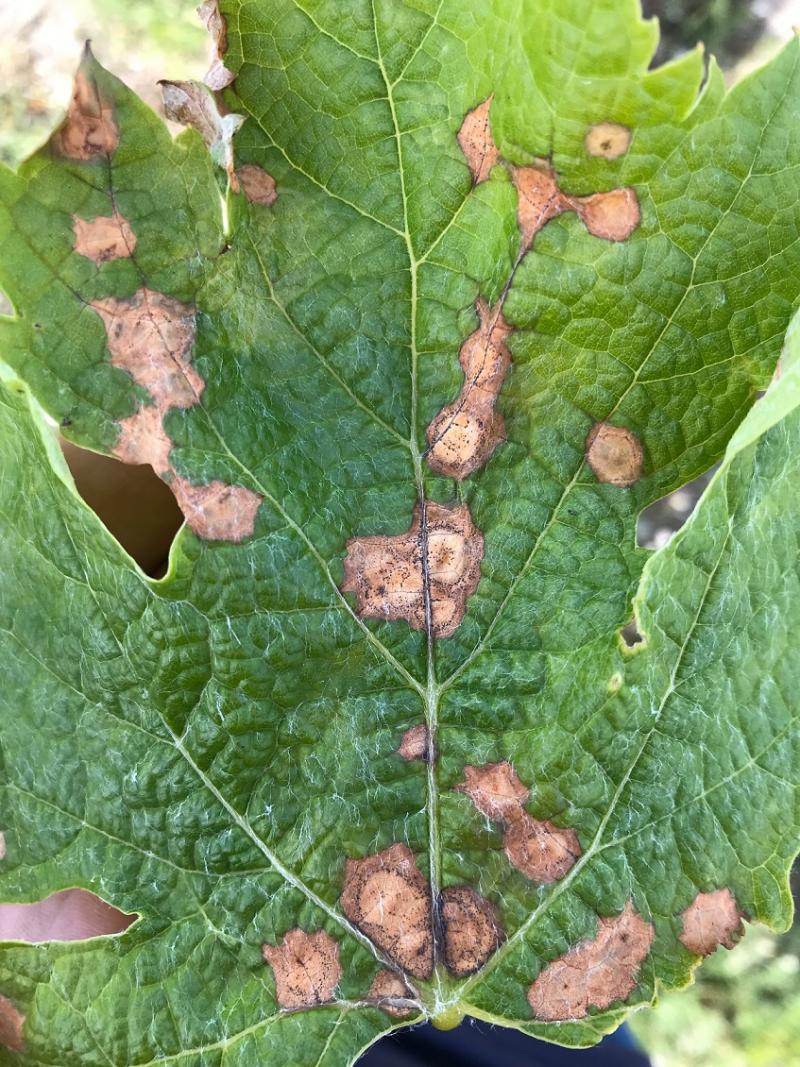This study has been performed by the BIOVITIS research group of the ‘Instituto de Ciencias de la Vid y del Vino (ICVV)’ in collaboration with the Estación de Viticultura y Enología de Galicia (AGACAL-EVEGA) and Mendel University in Czech Republic. This is the first sequence genome assembly of P. ampelicida (syn. Guignardia bidwellii), the cause of grapevine black rot.
Over the last years, black rot incidence is increasing in many grape growing areas in Spain. All Vitis vinifera cultivars are highly susceptible to black rot. Chemical treatments against downy and powdery mildews are sufficient to prevent black rot, although in recent years, especially because of the adoption of downy mildew V. vinifera resistant varieties and the increased use of active ingredients specific against Oomycetes, black rot is of increasing importance in other regions in Europe. This disease is especially important in grape producing regions characterised by humid growing seasons.
All herbaceous tissues of grapevine plants are susceptible to infection by the pathogen, including leaves, shoots, tendrils, petioles and berries, with young leaves and fruit being extremely susceptible. This paper reports the draft genome sequence of P. ampelicida PA1 Galicia CBS 148563, which is 30.55 Mb and encodes 10,691 predicted protein-coding genes. Describing the P. ampelicida genome sequence is an important step toward enhancing understanding of the grapevine and P. ampelicida interaction, and will provide a basis for pathogenicity mechanism studies and development of disease management strategies.
Results of this study has been published in Phytopathologia Mediterranea:
https://oajournals.fupress.net/index.php/pm/article/view/13516
A. Eichmeier et al. 2022. Draft genome sequence of Phyllosticta ampelicida, the cause of grapevine black rot. Phytopathologia Mediterranea 61:279-282.








